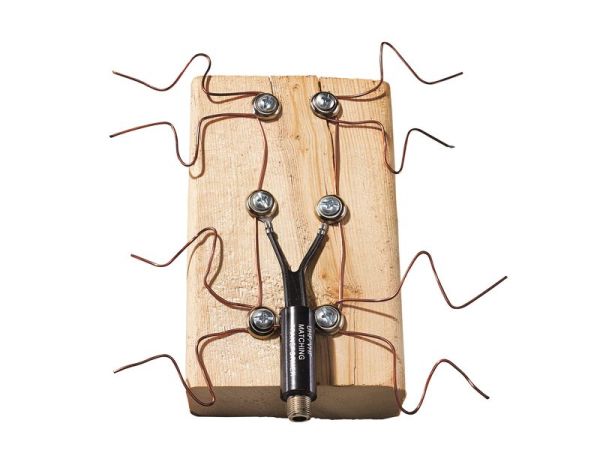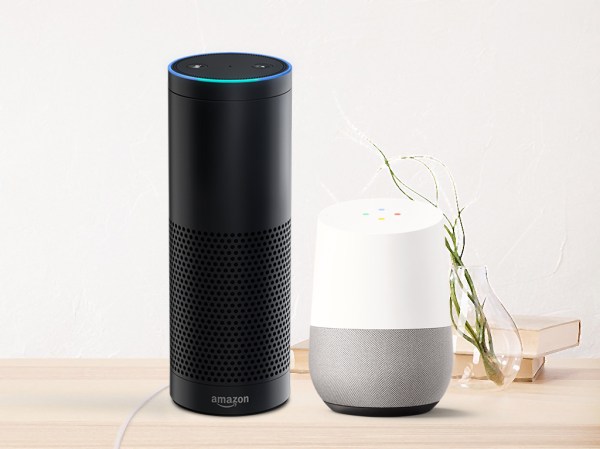

Amazon’s latest project to grab headlines is Sidewalk, and it ties into the growing influence of the company’s Echo speakers, Ring cameras, and other smart home products. In basic terms, Sidewalk is a network of devices that can stay operational even when the internet is down, but there’s a lot more to it than that.
The tech giant has been touting the technology’s ability to keep your security camera or smart speaker online even when the rest of your devices are offline. Privacy experts, however, have raised legitimate concerns, and the fact that Sidewalk can share part of your internet connection with your neighbors may be at least a little unnerving. Whether or not to use Sidewalk is your call, once you understand exactly what it is. If you already know what you want to do, you can skip right to the how-to.
How does Amazon Sidewalk work?
Amazon Sidewalk lets compatible devices speak directly to each other, using protocols such as Bluetooth and shortwave radio signals. These devices include every Ring camera and Echo speaker or display launched in 2019 or later. This means, for example, that Sidewalk makes setting up a new device or reconnecting an old one easier—the other devices in your home can pass on the necessary Wi-Fi login information.
It also extends the reach of your network: Even if your Wi-Fi router can’t cast its signal to the bottom of the garden where your Ring camera is, an Echo speaker can bridge the gap and make sure everything stays online. In this way it’s similar to a mesh network that uses multiple router nodes around your home.
However, Sidewalk extends this mesh to your neighbors’ homes as well. If the Wi-Fi goes down in the apartment next to yours, the smart speakers inside it could use Sidewalk to get online through your router instead, and vice versa—theoretically making everyone’s smart homes more reliable. It can only link up if you’re both using Sidewalk, though, so you won’t get many benefits if you’re the only person in your area with the system enabled.
[Related: How to get Wi-Fi to every corner of your house]
Amazon says Sidewalk limits its use of your bandwidth to 80Kbps (about 2.5 percent what’s required for streaming a high-definition video) at any one time, with the overall monthly cap for data use set at 500MB (the equivalent to streaming about 10 minutes of high-definition video). Amazon has also been keen to reassure users that Sidewalk is secure—your Echo won’t suddenly start revealing your secrets to your neighbors, and your security camera feed won’t show up on their TV. The whole system is set up to work privately and safely.
Eventually, Amazon hopes Sidewalk networks will cover entire neighborhoods. One of the non-Amazon gadgets they work with are Tile trackers, which attach to your gadgets, possessions, or pets to help you find them again. Normally, these trackers need to be in range of your phone, but if everyone on the street is using Sidewalk, you can scan a much bigger area for whatever it is you’ve lost.
Further down the line, Amazon hopes to enlist more manufacturers and app developers to join its Sidewalk journey, and the more people who get involved with it, the more useful it will be.
Should you opt out of Amazon Sidewalk?
The question of whether or not you should get involved in Amazon Sidewalk is one of privacy and security trade-offs—just like using Facebook or Google Search. First, you’ll need to consider how secure Sidewalk is, and second, you’ll need to ask yourself how much more data you’re willing to give to Amazon.
On the first point, Sidewalk scores highly. Amazon has even published a whitepaper on how well encrypted and anonymized the technology is. Even if the person at the other end of your road is a seasoned hacker—and that’s a big “if”—they’re going to find it extremely difficult, perhaps impossible, to gain access to your network through their smart devices.
The reason for that “perhaps” is that no network can ever be 100 percent secure, as new exploits and vulnerabilities are discovered all the time. Having your smart home devices connected to a neighborhood scheme is inherently less secure than keeping them to yourself—that’s no slight on Sidewalk’s security measures, that’s just the nature of networking.

For example, connecting to the internet and opening email is risky, but we all do it. You’ll need to ask yourself whether you’re willing to live with the chance that a Sidewalk breach might happen in return for having a better chance of finding a lost pet or being able to keep your home security camera online if your router dies.
On the second point, data collection, it all comes down to trust. Do you trust Amazon (or Microsoft, Apple, Google, or Facebook) to look after your information? These tech giants all promise to take good care of your data as they amass more and more of it, but the leaks and breaches continue.
[Related: Simple advice for protecting all your online accounts]
Right now, Amazon says it collects as little data as possible through this service and only uses it to operate Sidewalk effectively, but it will still have access to more of your data (like your Wi-Fi passwords). As safe as Amazon might make this data collection, the safest option is to simply not give it up in the first place. Again, you need to weigh the risk against the benefits.
How to opt out of Amazon Sidewalk
For users in the US, Amazon will automatically enable Sidewalk on Ring cameras and Echo devices on June 8 (if this applies to you, the company should have sent you an email about it). Tile trackers will join the network on June 14. From June 8, when you activate new products that work with Sidewalk, you’ll be asked if you want to enable their Sidewalk capabilities.
Ahead of June 8, you can opt out of Sidewalk by opening the Alexa app on your phone and choosing More, Account Settings, and Amazon Sidewalk. The next screen lets you disable Sidewalk entirely (tap the Enabled button to turn it off), or just the device-locating part of it (tap Community Finding to change this setting). You can change these same options at any point after June 8, too.
If you disable Sidewalk, your Ring cameras and Echo speakers will still work as they always have—they just won’t be connected to anything except for your home Wi-Fi network. While you can expect to hear plenty more from Amazon about Sidewalk as new devices and features appear, opting out will keep you disconnected until you decide to opt in again—if you haven’t already, head back to the top to learn if that’s a good fit for you.















